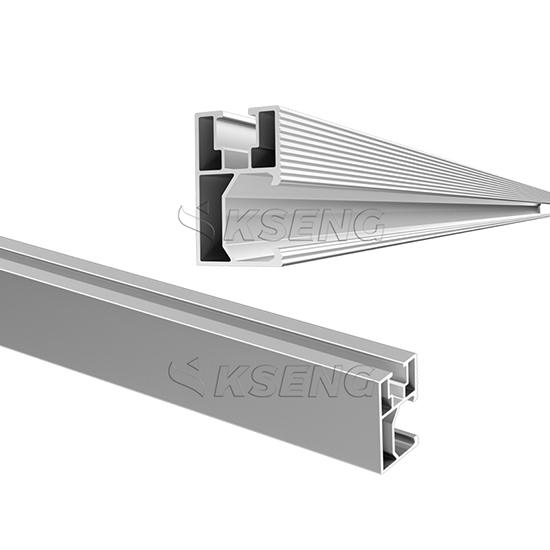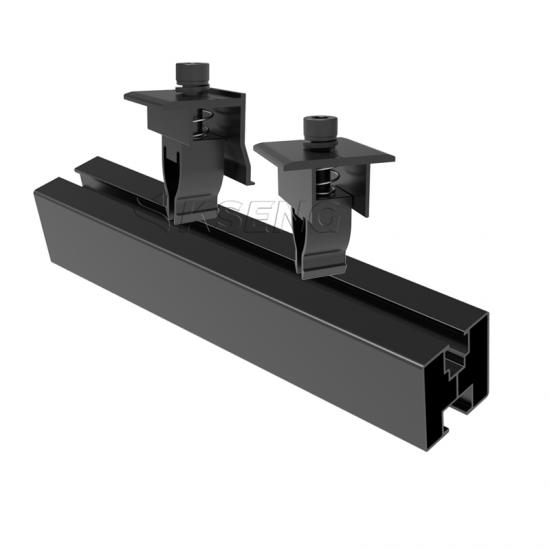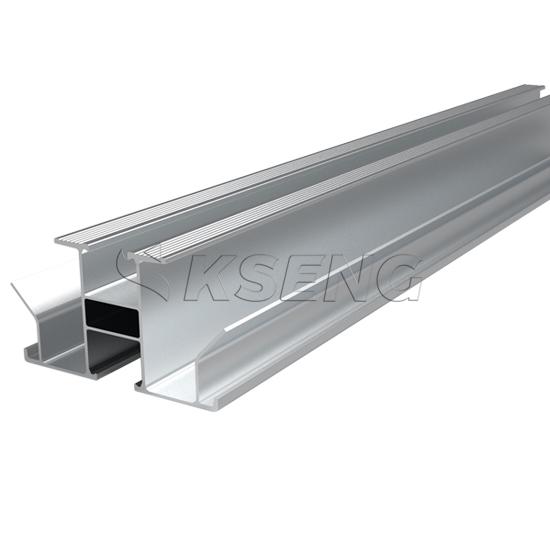Why are rails used in solar?
Jul 11, 2024
Rails play a fundamental role in solar panel installations, providing a robust and adjustable framework that supports the panels and ensures their optimal performance. The use of rails in solar installations offers several key benefits that contribute to the overall effectiveness and longevity of solar energy systems.
Firstly, rails offer a versatile mounting solution that can accommodate various panel sizes and types. This flexibility allows solar installers to customize the setup to suit different roof shapes, angles, and orientations, ensuring that the panels are positioned to capture the maximum amount of sunlight.
 Secondly, the solar rail provides a secure and stable mounting platform for solar panels. By distributing the weight of the panels evenly across the mounting points, rails help to prevent sagging and reduce the risk of damage from wind or other environmental factors. This stability is crucial for maintaining the structural integrity of the solar array over time.
Thirdly, the use of rails simplifies the installation process. Pre-assembled rail systems can be quickly attached to the roof, reducing the time and labor required for installation. This efficiency not only speeds up the deployment of solar energy systems but also helps to keep costs down.
Secondly, the solar rail provides a secure and stable mounting platform for solar panels. By distributing the weight of the panels evenly across the mounting points, rails help to prevent sagging and reduce the risk of damage from wind or other environmental factors. This stability is crucial for maintaining the structural integrity of the solar array over time.
Thirdly, the use of rails simplifies the installation process. Pre-assembled rail systems can be quickly attached to the roof, reducing the time and labor required for installation. This efficiency not only speeds up the deployment of solar energy systems but also helps to keep costs down.
 Moreover, solar panels rails facilitate easy maintenance and cleaning of solar panels. With panels securely mounted at a safe working height, maintenance crews can more easily access the panels for routine inspections and cleaning, which is essential for maintaining peak energy output.
Lastly, solar panel mounting rails contribute to the aesthetics of a solar installation. A well-designed rail system can blend seamlessly with the architecture of a building, providing a clean and professional appearance that enhances the visual appeal of the property.
Moreover, solar panels rails facilitate easy maintenance and cleaning of solar panels. With panels securely mounted at a safe working height, maintenance crews can more easily access the panels for routine inspections and cleaning, which is essential for maintaining peak energy output.
Lastly, solar panel mounting rails contribute to the aesthetics of a solar installation. A well-designed rail system can blend seamlessly with the architecture of a building, providing a clean and professional appearance that enhances the visual appeal of the property.
 In summary, rails are used in solar installations for their adaptability, structural support, ease of installation, maintenance accessibility, and aesthetic appeal. They are an essential component that ensures the efficiency, durability, and visual quality of solar energy systems.
In summary, rails are used in solar installations for their adaptability, structural support, ease of installation, maintenance accessibility, and aesthetic appeal. They are an essential component that ensures the efficiency, durability, and visual quality of solar energy systems.


